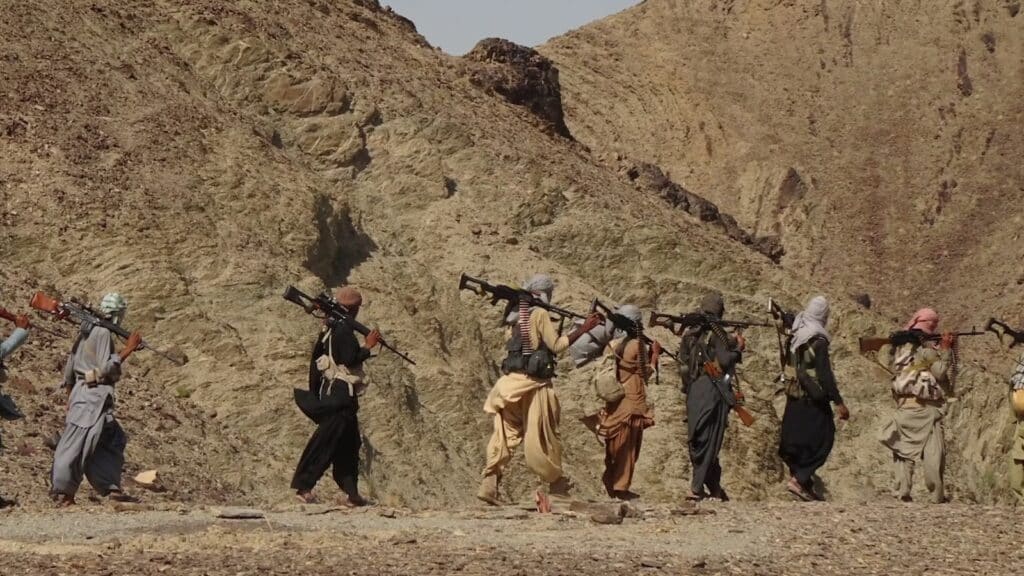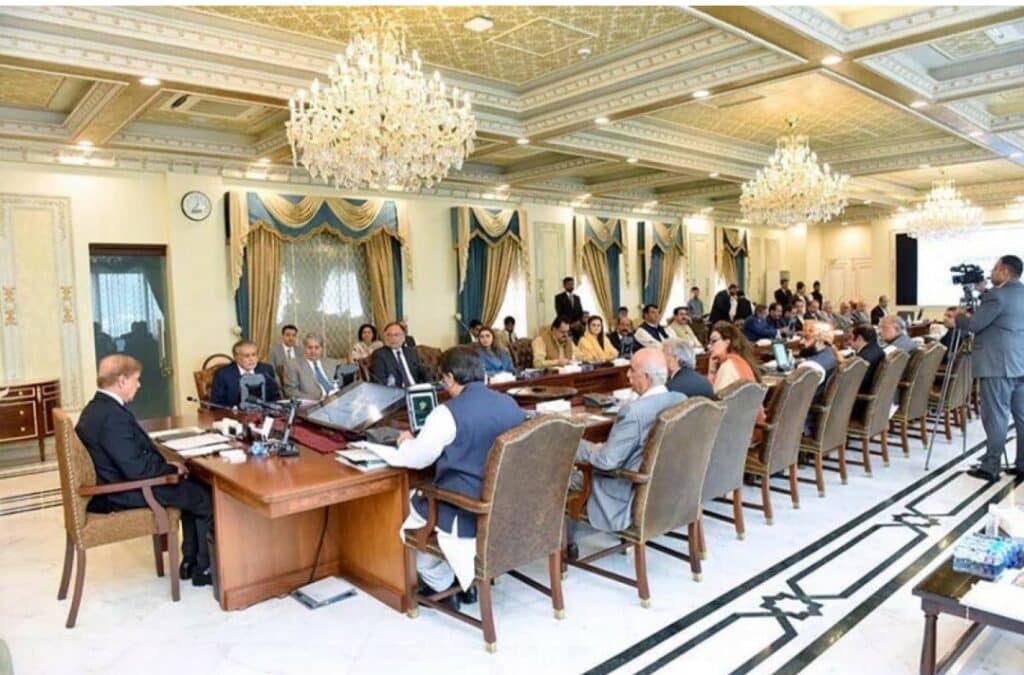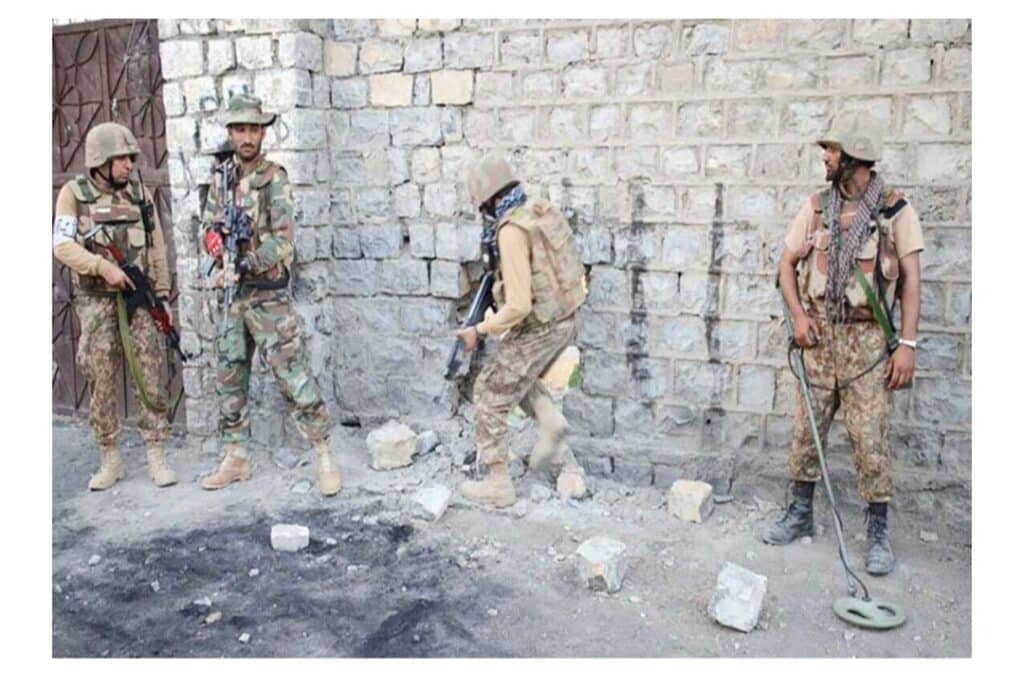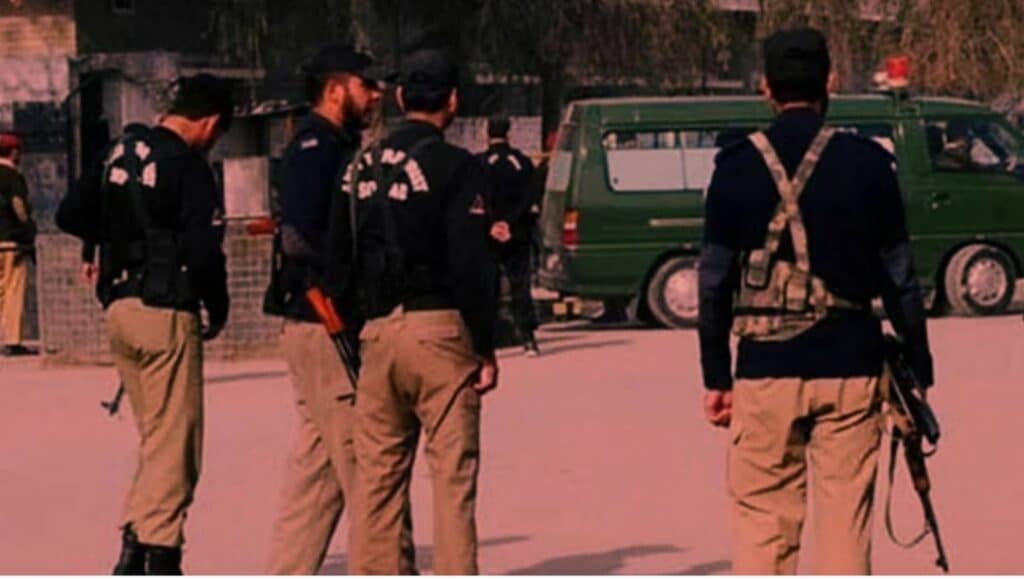Balochistan, Pakistan’s largest province, has witnessed several armed uprisings since its accession to Pakistan in 1948. Each wave of rebellion was fuelled by tribal politics and external manipulation rather than genuine concern for the people.
The first uprising in 1948 was led by Prince Abdul Karim, shortly after Balochistan joined Pakistan. The second rebellion in 1958 came when Nawab Nauroz Khan resisted state reforms but was soon quelled. In the 1962–63 insurgency, Baloch fighters again clashed with the state but failed to gain mass support. The fourth and largest insurgency (1973–77) erupted after the dismissal of the provincial government; it saw thousands killed but ended with a decisive military operation. The latest wave began in the early 2000s, when separatist groups revived violence, targeting development projects and security forces.
It was during this fifth insurgency that the Balochistan Liberation Army (BLA) formally emerged in the late 1990s. Initially backed by elements of the Marri tribe under Balach Marri, the group adopted terrorism rather than political dialogue. The killing of Nawab Akbar Bugti in 2006 gave the BLA further propaganda to intensify its attacks.
Pakistan’s enemies seized this opportunity to fund, train, and arm the BLA, exploiting Balochistan’s vast wealth in gas, coal, copper, and gold. Intelligence agencies have repeatedly exposed how hostile foreign powers use separatist outfits to destabilize Pakistan.
The impact has been disastrous. Instead of improving lives, the BLA’s attacks on schools, hospitals, CPEC projects, and security forces have blocked progress, driven away investment, and denied ordinary Baloch people the development they deserve. Poverty deepened, mistrust widened, and an entire generation was deprived of opportunities due to separatist violence.
Now declared a terrorist organization by Pakistan, the US, and UK, the BLA stands exposed as a foreign-backed militant group that harms Balochistan more than it helps. The real path for the province lies not in separatism but in peace, stability, and integration with Pakistan’s development vision.





